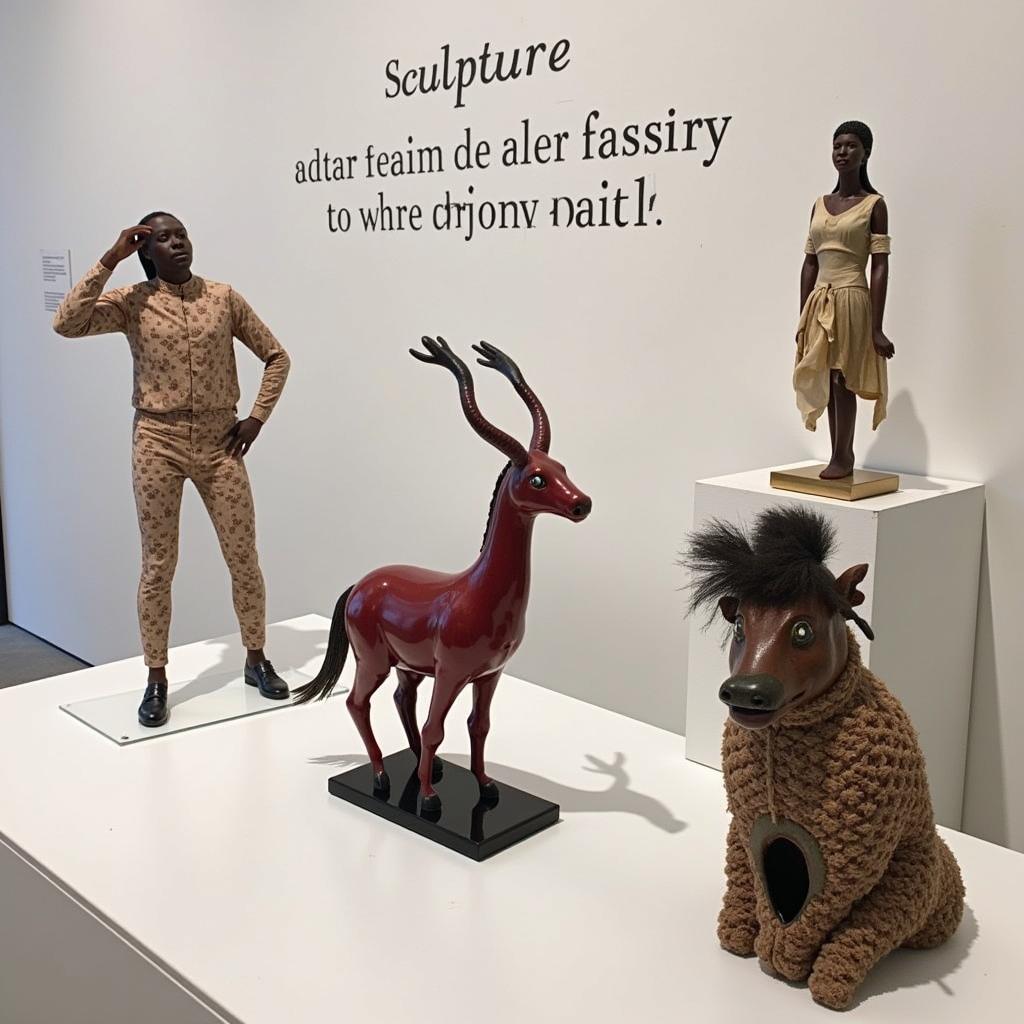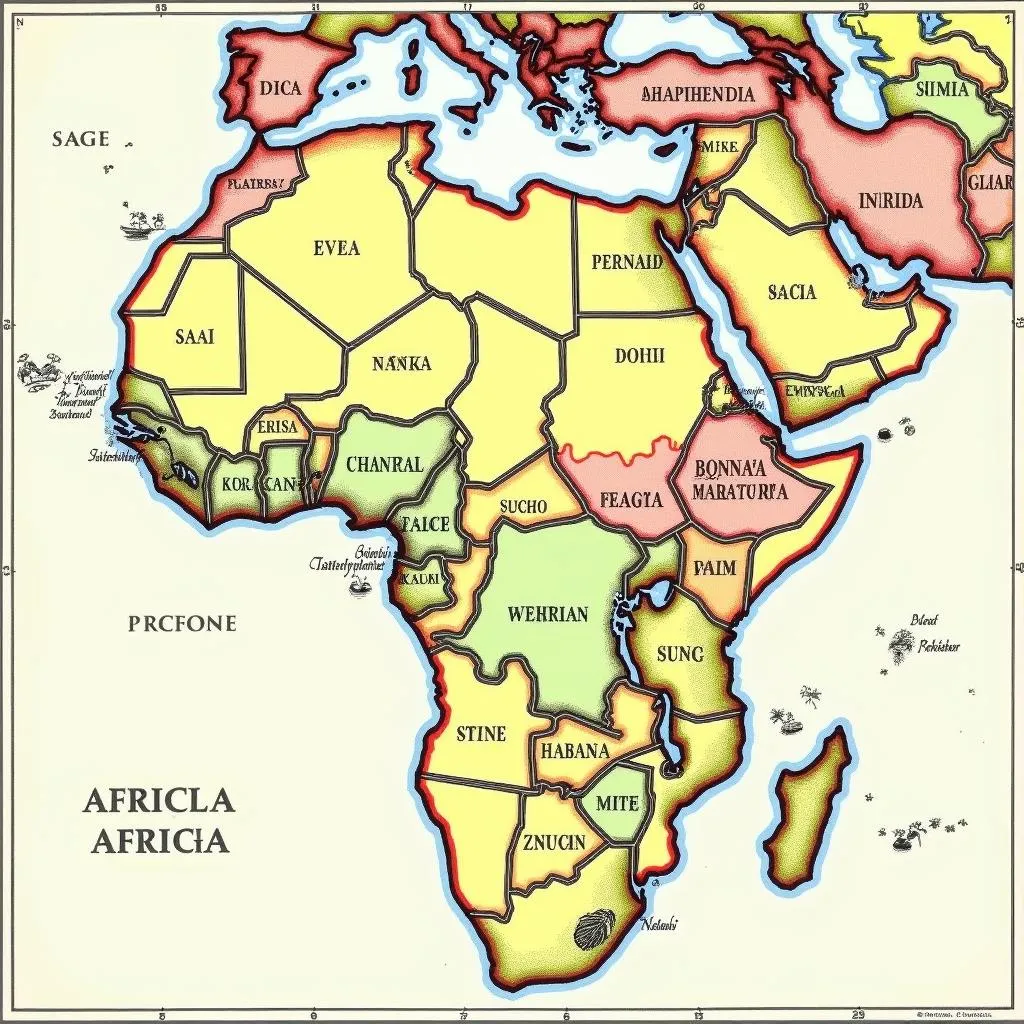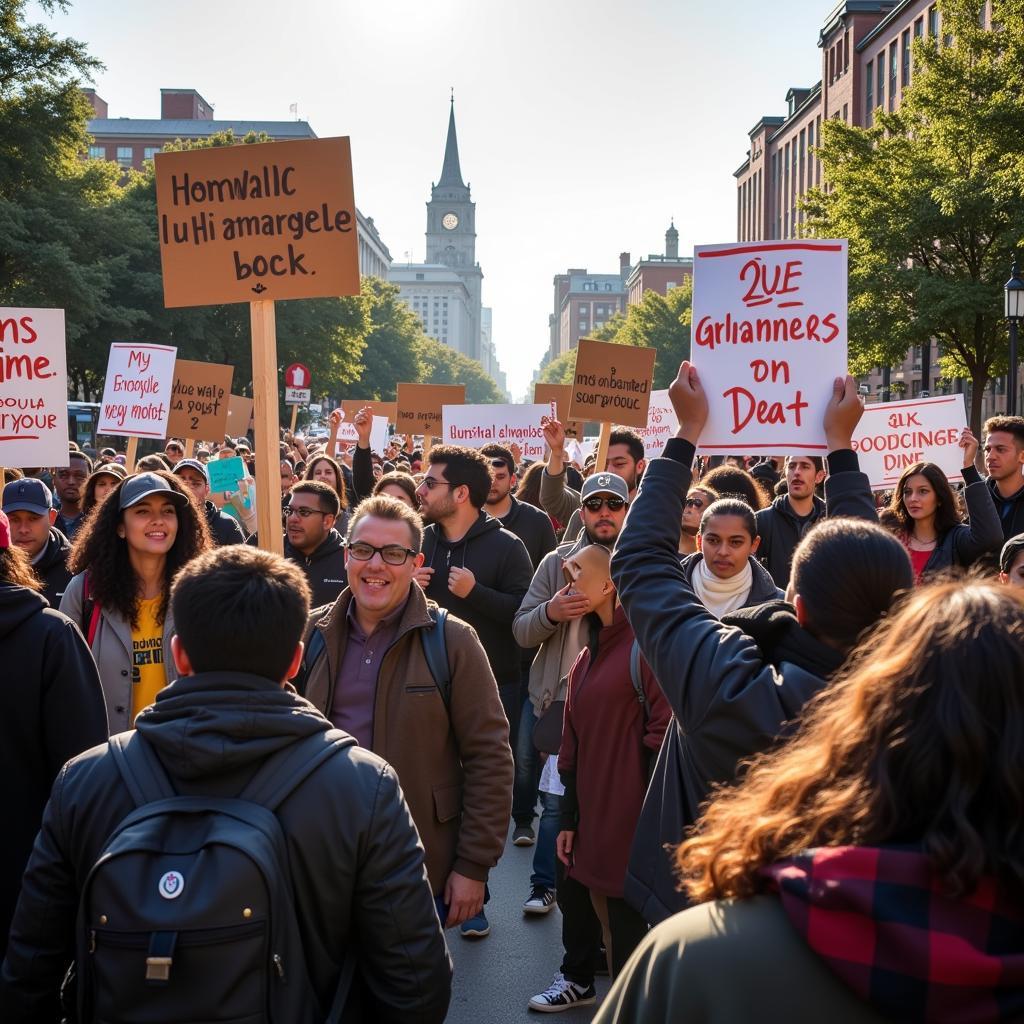Exploring the Rich Tapestry of African Diaspora Art
African Diaspora Art is a vibrant and complex field encompassing a wide range of artistic expressions that reflect the experiences, memories, and cultural heritage of Africans and their descendants dispersed across the globe. From painting and sculpture to music, dance, and literature, these art forms tell powerful stories of resilience, resistance, and the ongoing search for identity and belonging. The study of African diaspora art offers a unique lens through which to understand the impact of forced migration, colonialism, and the enduring legacy of the transatlantic slave trade.
The multifaceted nature of African diaspora art is reflected in the diversity of its styles, themes, and influences. We see the echoes of ancestral traditions intertwined with the cultural nuances of new homelands, creating a dynamic interplay between past and present. This cross-cultural exchange has birthed unique artistic expressions that speak to the complexities of diaspora identity. For example, the fusion of African rhythms with European musical forms has given rise to distinct genres like jazz and blues, while traditional African storytelling techniques have influenced literary works in the Americas and beyond. The exploration of African diaspora art, therefore, necessitates an understanding of both the historical context and the cultural landscapes that have shaped its development.
Unmasking the Historical Roots of African Diaspora Art
The history of African diaspora art is inextricably linked to the transatlantic slave trade, a period of immense suffering and displacement that profoundly impacted the cultural landscape of the Americas. The forced removal of millions of Africans from their homelands resulted in the disruption of established artistic traditions and the creation of new forms of cultural expression born out of necessity and resilience.
These newly formed artistic expressions often served as a means of resistance and cultural preservation. Music, dance, and storytelling became powerful tools for maintaining cultural identity and transmitting ancestral knowledge across generations. Spirituals, for instance, served not only as religious expressions but also as coded messages of hope and resistance among enslaved communities.
Following the abolition of slavery, African diaspora artists continued to explore themes of identity, freedom, and social justice. Their work became a powerful voice in the struggle for civil rights and equality, challenging prevailing narratives and asserting the richness and complexity of African diaspora experiences.
After the first paragraph, we can delve into the significance of understanding the historical context. Learning about the impact of the transatlantic slave trade is crucial to appreciating the resilience and cultural preservation embedded in the art forms.
African diaspora in north america offers further exploration into this topic.
Diverse Expressions: From Traditional to Contemporary in African Diaspora Art
African diaspora art encompasses a vast spectrum of artistic styles, ranging from traditional crafts and folklore to contemporary visual arts and performance. This diversity reflects the multifaceted nature of diaspora experiences and the ongoing evolution of cultural identities.
- Visual Arts: Painting, sculpture, and mixed media works often explore themes of identity, memory, and the legacy of slavery. Artists draw inspiration from both African artistic traditions and the cultural landscapes of their adopted homelands.
- Music: From spirituals and blues to jazz and hip-hop, music has played a pivotal role in expressing the joys, sorrows, and struggles of the African diaspora. These musical genres reflect the fusion of African rhythms and musical forms with the cultural influences of the Americas.
- Literature: African diaspora literature gives voice to the diverse experiences of individuals navigating issues of identity, belonging, and social justice. Writers draw on oral traditions, historical narratives, and personal experiences to create compelling stories that resonate across generations.
What are Some Key Themes in African Diaspora Art?
African diaspora art often grapples with complex themes related to identity, memory, displacement, and the ongoing struggle for social justice. These themes reflect the shared experiences of individuals and communities whose lives have been shaped by the legacy of slavery and colonialism. Themes of resilience, resistance, and the celebration of African cultural heritage are also prominent in many works of African diaspora art. Understanding these recurring themes provides a deeper appreciation for the richness and complexity of this artistic field.
Exploring the connection between music and the African diaspora provides valuable insight. African american folk songs offers a deeper dive into this topic.
The Future of African Diaspora Art
African diaspora art continues to evolve, reflecting the ongoing experiences and challenges faced by communities of African descent around the world. New technologies and artistic mediums are being embraced, pushing the boundaries of traditional forms and creating new avenues for creative expression. The rise of digital art, performance art, and collaborative projects is shaping the future of African diaspora art, offering exciting possibilities for exploring themes of identity, social justice, and global interconnectedness.
African diaspora modernism provides a fascinating glimpse into this evolving landscape.
 African Diaspora Sculpture Exhibition: Showcasing Contemporary Artistic Expressions
African Diaspora Sculpture Exhibition: Showcasing Contemporary Artistic Expressions
In conclusion, African diaspora art is a powerful testament to the resilience, creativity, and enduring spirit of African peoples across the globe. From traditional forms to contemporary expressions, it offers a rich tapestry of stories, perspectives, and artistic innovations that continue to shape our understanding of identity, history, and the human experience. Exploring the world of African diaspora art is a journey of discovery, revealing the profound impact of cultural exchange and the enduring power of art to transcend boundaries and connect us to our shared humanity.
FAQ
- What is the significance of African diaspora art? It documents and reflects the experiences, resilience, and cultural heritage of Africans and their descendants across the globe.
- What are some examples of African diaspora art forms? Painting, sculpture, music (like jazz and blues), literature, dance, and storytelling.
- How has the transatlantic slave trade impacted African diaspora art? It led to the disruption of traditions and the emergence of new forms of cultural expression rooted in resistance and preservation.
- What are some common themes explored in African diaspora art? Identity, memory, displacement, social justice, resilience, and the celebration of African heritage.
- How is African diaspora art evolving today? New technologies and mediums are being embraced, fostering innovation and pushing the boundaries of traditional forms.
Common Scenarios and Questions:
- Scenario: A student is researching the impact of colonialism on African art.
- Question: How did colonialism influence the development of African diaspora art, and what are some examples of artistic responses to colonial rule?
- Scenario: An art enthusiast wants to learn more about contemporary African diaspora artists.
- Question: Who are some prominent contemporary artists working within the African diaspora, and what are the key themes and styles that characterize their work?
Further Exploration:
Looking for African events in NYC? Check out african events nyc. You can also find more information about african gurjar for additional cultural insights.
Need support? Contact us 24/7: Phone: +255768904061, Email: kaka.mag@gmail.com, Address: Mbarali DC Mawindi, Kangaga, Tanzania.



